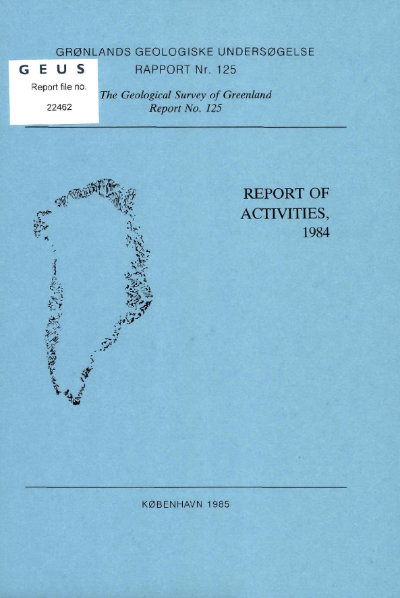Determination of ice thickness by magnetic methods at Nordbogletscher, South Greenland
DOI:
https://doi.org/10.34194/rapggu.v125.7905Abstract
The topographic relief hidden under glaciers and the Inland Ice plays an important role in the study of ice dynamics, and several methods have been applied to map the subglacial surface of the Inland Ice in areas of interest for hydropower investigations. Radar-echo soundings or electromagnetic reflection methods (EMR) have often given good results, but have largely failed over the western rim of the ice cap, where inhomogenities in the form of melted and refrozen layers, water bodies, and cracks in the ice scatter the radar wave to such an extent that no useful echo is returned. In the summer of 1984 the author was in South Greenland for other purposes (Thorning & Boserup, this report), and it was decided to attempt to determine the ice thickness by magnetic profiling on the ice surface. Magnetic field measurements are not affected by the physical properties and structure of the ice, and thus it should theoretically be possibie to obtain results near the rim of the ice cap, where the EMR method has failed. Whether results could be obtained would depend on limiting factors such as the magnetic properties of the underlying rocks, instrument capabilities, sensitivity of correction and modelling methods, and the general ambiguity of potential field methods.
Downloads
Published
Issue
Section
License
This article is distributed under a CC-BY 4.0 licence, permitting free redistribution and reproduction for any purpose, even commercial, provided proper citation of the original work. Author(s) retain copyright over the article contents.


